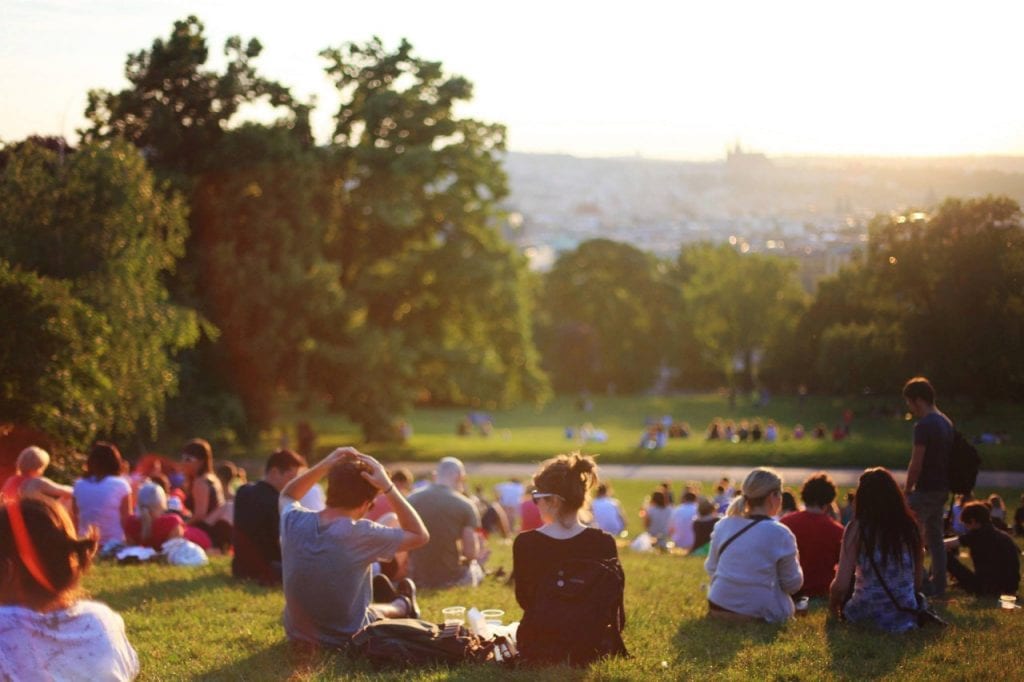We must firstly apologise for constantly mentioning the dreaded Covid word, but let’s face it, it’s a relevant topic right now. This article is our take on the importance of urban Green Spaces and the role they can play in health and wellbeing.
Our last blog discussed how many people are flocking to the countryside as a result of the pandemic, including remote working and the want/need for more outdoor space. Urban areas are still and always will be highly populated, so how important are green spaces within these areas, especially with regards to mental health and general wellbeing?
The impact of Covid-19 and mental health
Covid-19 has had a huge and detrimental effect on many people’s mental health. Isolation, bereavement, loss of income and fear have triggered many mental health conditions, as well as exacerbating existing ones. Statistics show that one in four people demonstrate mental health conditions each year. In fact, the UK Government now measures mental wellbeing, alongside traditional GDP as an indicator of national progress.
Biophilia
The theory of biophilia suggests that individuals have the innate desire to connect with nature and experience positive emotions in more natural environments. It is therefore important that green spaces are designed into urban areas to provide places for individuals to connect with nature. They should also offer opportunities to pursue other health-promoting behaviours such as exercise and socialising, which can help foster better.
Green spaces and wellbeing
In urban areas which aren’t situated close to the countryside, these areas are of paramount importance as they offer an immediate space to retreat to within a city environment. Urban green spaces are extremely varied – They can range from parks, allotments and nature reserves to sports pitches and much more.
Closely linked with the above point, getting out into the fresh air, either for a walk, a bike-ride or simply to spend some quality time with the family, enables your body to release chemicals called endorphins which interact with the receptors in your brain reducing your perception of ‘pain’. They also trigger a positive feeling in the body and therefore promote a feeling of well-being.
Green spaces and other nature-based solutions offer innovative approaches to increase the quality of urban settings, enhance local resilience and promote sustainable lifestyles, improving both the health and the well-being of urban residents
There is rising pressure on city planners to ensure that limited space is put to its optimum use. Green spaces are only present in urban areas at the expense of buildings, and as such it is important that they are designed well to offer to greater benefit to the widest population. Urban green space is an important investment that local authorities can make on behalf of citizens and their wellbeing. Informed green space design will help create a healthier, happier and more productive urban landscape, while there may be wider benefits still for the environment and the economy.
These spaces should be planned and designed simplistically, close to people, for a diverse range of needs/uses and also with maintenance needs in mind.
Covid aside, green spaces have always been a necessity for urban areas. But adding Covid into the mix, which has impacted the way we view our immediate surroundings, they are more important than ever for those individuals residing in urban areas.
For any of your planning needs, contact us now: info@sfplanning.co.uk or call 01242 231 575.

